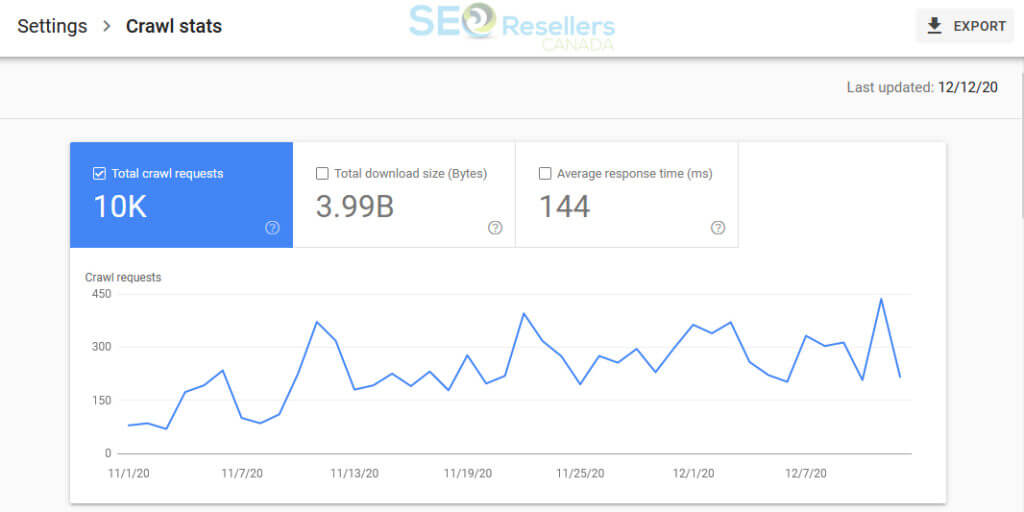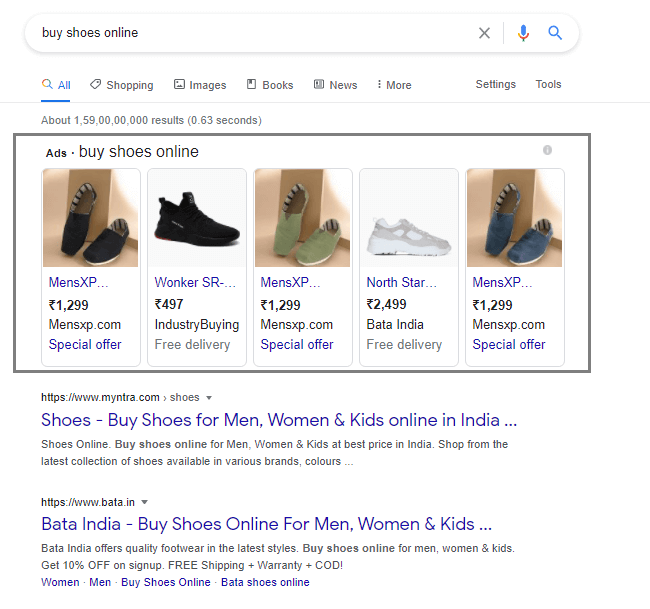With the dawn of DIY website design options, business owners on a budget can quickly and easily put together a website with relative ease, without knowing a single bit of HTML or other code.
That sounds great and all, but that means there’s no real control over the HTML used to build the site. As such, the resulting code could be full of W3C validation errors, which indirectly harms SEO.
1- What is W3C Validation?

The World Wide Web Consortium (W3C /WWW/W3) is an international community where the public works with around 500 member organizations and a full-time staff to chalk out standards for the World Wide Web or The Web.
The Web is defined as a space where resources or items of information are identified by a string of characters known as Uniform Resource Identifiers (URI). W3C works on developing open standards to make sure that all content can be displayed across all arenas all the time.
One of the most remarkable, relevant, and useful tools of the W3C is the ‘Markup Validation Service’ that checks the validity of Web content in HTML, XHTML, SMIL, MathML, and others.
This tool checks errors from codes and removes them, and validates Web content. This ensures that all the pages of a website are by Web standards.
2- What Does Google Say About It?
Google’s support page on the importance of browser compatibility states:
“Although we do recommend using valid HTML, it’s not likely to be a factor in how Google crawls and indexes your site.”
And in 2017, when Google’s John Mueller was asked whether valid HTML played a role in ranking, his response was clear:
“As long as it can be rendered and SD extracted: validation pretty much doesn’t matter.”
The reality is, most websites don’t validate, and the internet runs just fine. So if Google says it’s not a big deal, why should you even care about validating your HTML?
3- Why W3C errors should be eliminated
Markup Validation Service validates codes and conforms pages and documents to Web standards. This is highly significant for a variety of reasons.
- Keeping W3C errors in check will ensure that your website is functional across different browsers and different operating systems.
- Apart from browser compatibility, W3C-compliant documents can be easily and swiftly converted into other documents with different formats.
- Not only is data and information conforming to W3C standards viewable across multiple browsers, but data written in old standards is also viewable and editable in new browsers.
- W3C errors need to be removed to ensure that all and any major issues that could be created with regards to styling from a web design viewpoint are avoided.
- This point can be enunciated further to reveal that removing and eliminating W3C errors can create documents that are Consortium standards-compliant and have standard coding. This means that developers anywhere can easily comprehend the coding and work further on material that had been documented by other people.
- Avoiding W3C errors will increase traffic to your website. Since your page’s loading time will decrease, more visitors will be attracted to your page. Additionally, people who had browsed your page or site previously will make repeated visits.
- Clean codes will also enhance your SEO visibility and ranking. This is a point that has become highly debatable and controversial in the SEO
Let’s focus more on how this works.
4- W3C errors and what they mean in the world of SEO
W3C errors, validation, and what they mean in the world of SEO is a topic that requires more focus.
Before we elaborate on the workings of the system and highlight its effects, you must bear in mind that, on a wider, practical scale, W3C errors will pose problems and negatively affect your SEO visibility and ranking.
Opponents of the negative effects of W3C errors on SEO state that browsers manage just fine with broken and imperfect codes.
Hence, there is no effect of errors in codes on SEO. Moreover, since many multimillion sites like Twitter and Amazon do not validate codes and focus more on content, the debate on doing away with W3C errors for its consequences on SEO suffers.
While these views and a handful of other search engines believe that rewarding you for a valid W3C code seems like a futile activity, many SEOs have observed that the advantages accrued from having a valid code are worthwhile and immense.
The most prominent among these being that search engines can understand what your page is trying to state without being baffled or perplexed. This will inevitably lead to more traffic on your site and page and result in greater revenue.
Moreover, the type and number of errors matter a great deal. While SEOs more or less agree to the fact that W3C validation does matter when it comes to SEO, they emphasize that this is only for those W3C errors that cause poor rendering.
5- Reasons to Validate Your HTML

5.1- Could Affect Crawl Rate

According to a Google Search Console support page, Google says drops in crawl rate and indexing could be a result of invalid HTML.
“Broken HTML or unsupported content on your pages: If Googlebot can’t parse the content of the page… it won’t be able to crawl them. Use Fetch as Google to see how Googlebot sees your page.”
5.2- Impacts Browser Compatibility
Another support page reveals that Google encourages valid HTML to ensure web pages render correctly.
The GoogleBot renders your site a browser, so valid HTML ensures your website renders correctly across all browsers.
“Clean, valid HTML is a good insurance policy, and using CSS separates presentation from content, and can help pages’ render and load faster.”
5.3- Promotes a Good User Experience
It’s clear that Google places user experience as a ranking signal. That’s why mobile-friendly guidelines are in place and for addressing the number of popups and ads on a page.
Because valid HTML may have an indirect effect on user experience, and that in turn creates a positive user experience because the page renders well and quickly, this could impact SEO.
5.4- Allows Pages to Function Everywhere
Improperly coded HTML causes the browser to act quirky. It sends the browser into a frenzy making changes to how the page is rendered.
Most of the time, the page can render just fine, but sometimes it means the page doesn’t function correctly.
5.5- Invalid HTML in the Head Section Breaks Hreflang
In a 2016 Webmaster Hangout, someone asked why Google wasn’t picking up his Hreflang tag, the tag that tells Google what language you’re using on a specific page for international audiences.
Mueller said that invalid code in the head section of a web page’s code could break Google’s crawl and cause it not to index the hreflang tags.
He explains it like this:
“So it might just be that we don’t recognize the hreflang markup at all on those pages. For example, what might happen is we can crawl and index those pages.
But when we render those pages, something in the head section of the pages is added early on, and that kind of breaks everything within the head, which includes the hreflang markup.”
5.6- Helpful for Google Shopping Ads

If you have a product you want to advertise in Google Shopping, then you’d better be using valid HTML. The Google Merchant Center support page recommends it:
“Use valid HTML. We also detect the price that you’re displaying based on the structure of your landing page.
Using valid HTML helps ensure that we detect the correct price. Use the W3C validation service to check your HTML.”
While Google says they don’t use valid HTML as a ranking factor, there is plenty of reason to make sure your code is correct, anyway.
It can cause several issues with your site’s functionality, which may indirectly influence your ranking.
5.7- Protect Your SEO with W3C Validation

W3C errors can often lead to a bad rendering of your site or page on various arenas, which, in turn, can create user experience and site speed issues.
Subsequently, the performance of your site and page will suffer from a search engine rankings point of view. This may not be a direct impact from a rankings perspective.
However, if your site has used the codes correctly and conformed to W3C standards, you can still see an increase in rankings because W3C gives great layouts that are optimized and also grants better coding techniques that make your page speed faster.
In other words, W3C validity is not a prerequisite of ranking sites but does lead to an indirect increase in rankings.
6- Conclusion
If at all possible, any website should follow W3C validation requirements.
It is the right way to do it, but it has many enduring advantages, such as extending the pages’ lifespan, maintaining browser stability, and much more.
This will help you understand why W3C is necessary to test all our websites for W3C validation before calling a project complete.
Editor’s Note: This post was originally published on July 03, 2017, and has been completely revamped and updated for accuracy and comprehensiveness.













